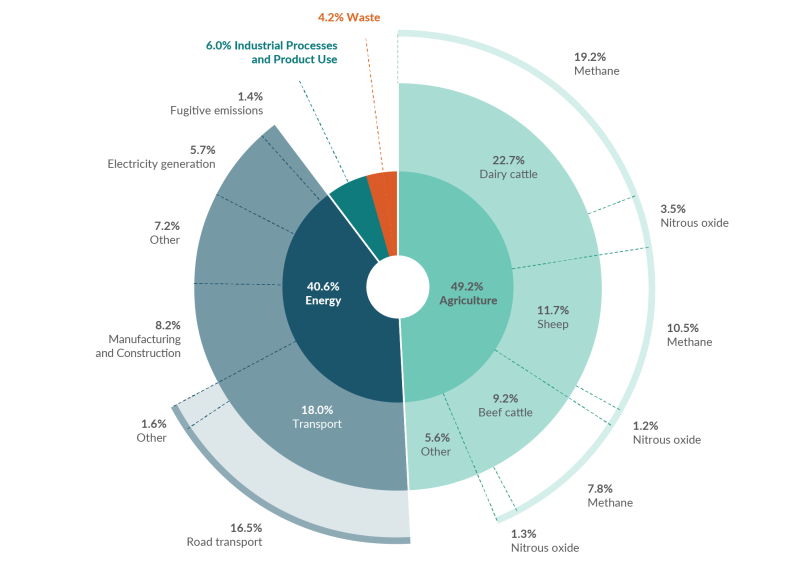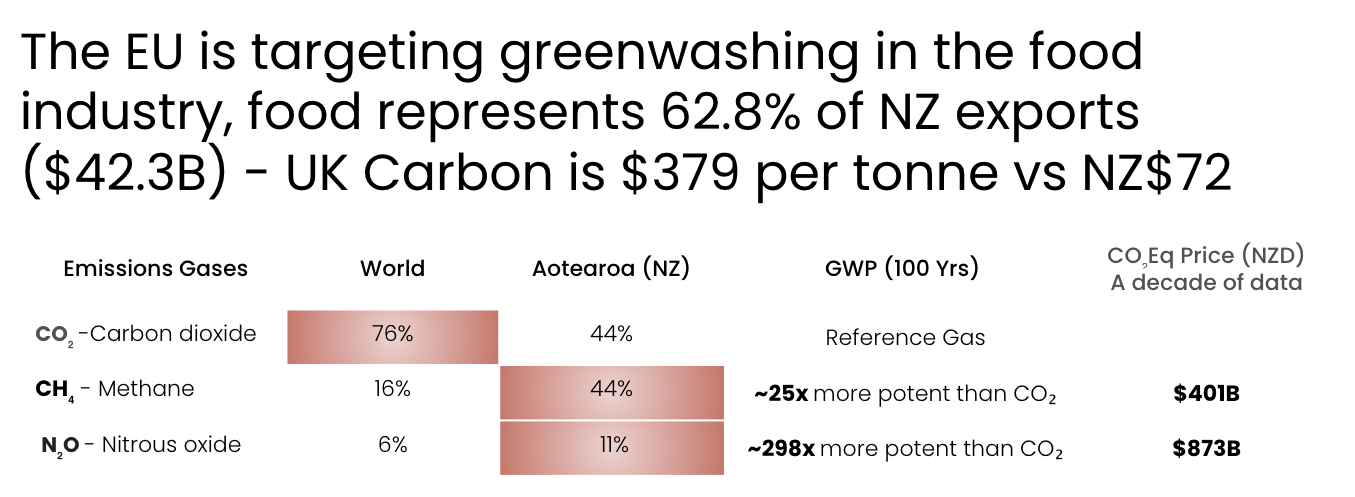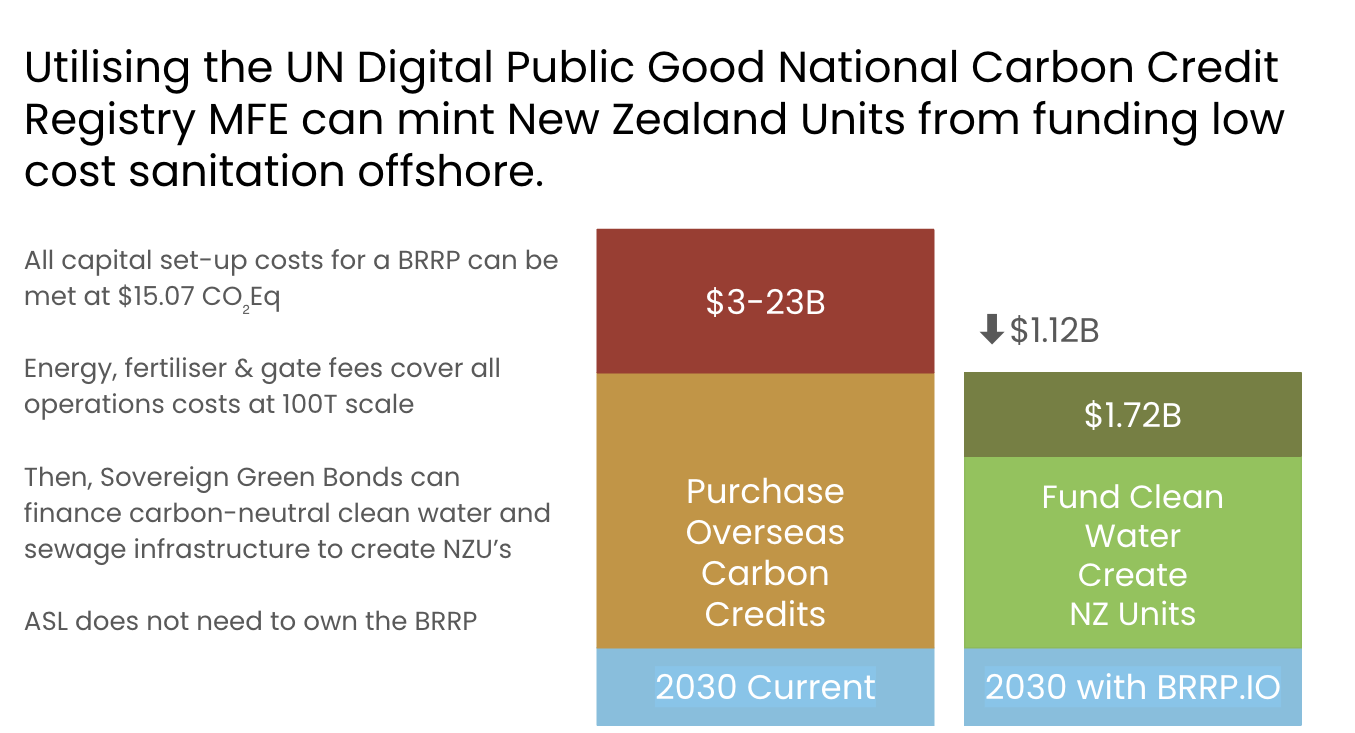Recent satellite data has put New Zealand in the spotlight, highlighting the significant methane emissions from its landfills. This comes at a time when the Treasury reports a $23 billion deficit, underscoring the country's economic pressures and environmental challenges.
New Zealand's emissions profile is unique. The country's robust agricultural sector is a cornerstone of its economy and contributes to a distinctive emissions footprint, particularly in terms of methane and nitrous oxide output. An image from New Zealand's Greenhouse Gas Inventory snapshot for 1990–2021 provides a striking visualization of this issue, showing the substantial contribution of these gases to the overall emissions landscape.

The Paris Climate Accord, a global effort to combat climate change, requires member countries to reduce their emissions substantially. New Zealand is no exception and is committed to reducing its 2005 emission levels by 50% by 2030. This ambitious target aligns with its Nationally Determined Contribution (NDC) to the accord and reflects the country's dedication to a sustainable future.
We delved into the numbers to understand the financial implications of these emissions. Utilizing New Zealand's NDC and the latest available data, we calculated the total cost of methane and nitrous oxide emissions based on the country's CO2 pricing. The process involved the following steps:
1. We identified the percentage of total emissions of methane (35.2%) and nitrous oxide (8.1%) from the emissions profile.
2. Using New Zealand's provisional emissions budget of 571 million tons of CO2-equivalent, we calculated the CO2-equivalent emissions for both gases.
3. We applied the global warming potential (GWP) 28 for methane and 265 for nitrous oxide to convert these figures into CO2 equivalents over a 100-year horizon.
4. Finally, we multiplied the CO2-equivalents by the spot price of $71.25 per ton to estimate the total cost.
The calculations revealed staggering figures. The total emissions cost for methane over the ten-year period from 2021 to 2030 is approximately NZD 401 billion, and for nitrous oxide, it's around NZD 873.3 billion.

However, there's a caveat from the International Monetary Fund (IMF): New Zealand's financial stability is at risk due to its reliance on the Emissions Trading Scheme (ETS), which is predominantly forestry-based. The IMF points out that this creates a significant shortfall, resulting in the need to purchase 114 million units from offshore sources.

This analysis serves as a call to action. New Zealand must leverage its innovative spirit to address these environmental and financial challenges head-on, ensuring its sustainability path is both environmentally and economically sound.